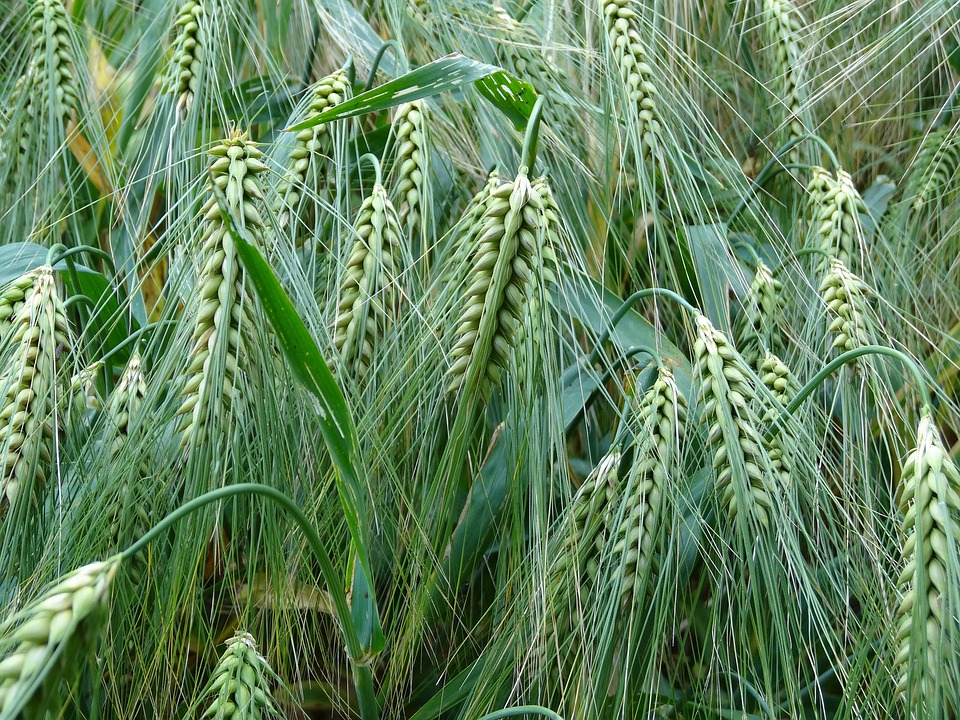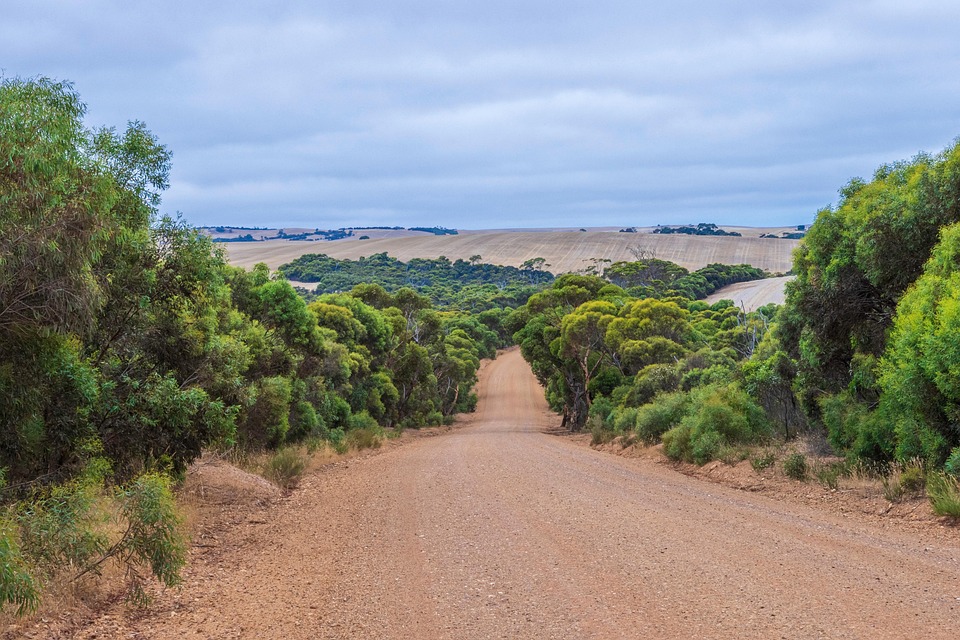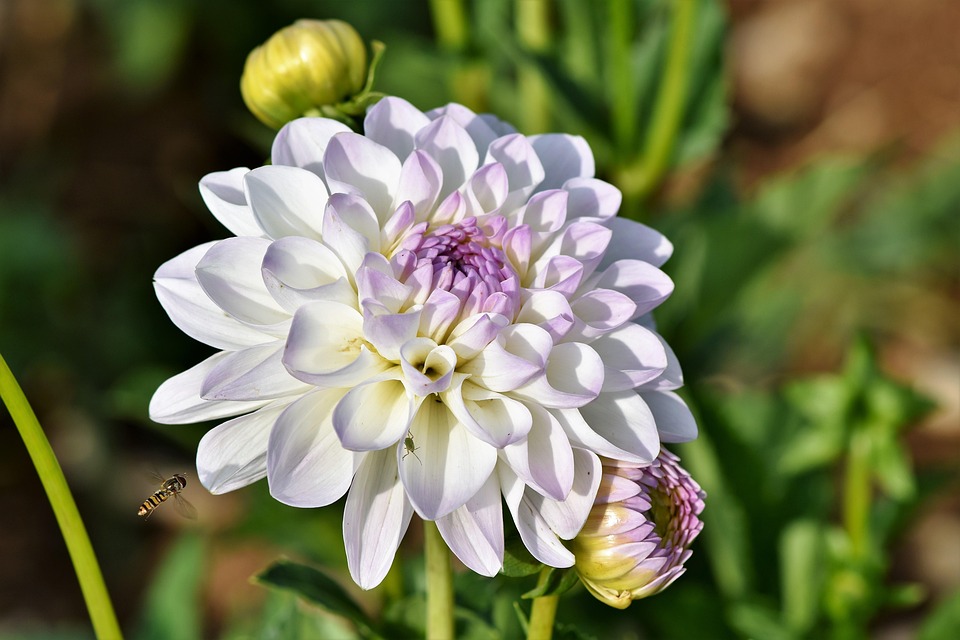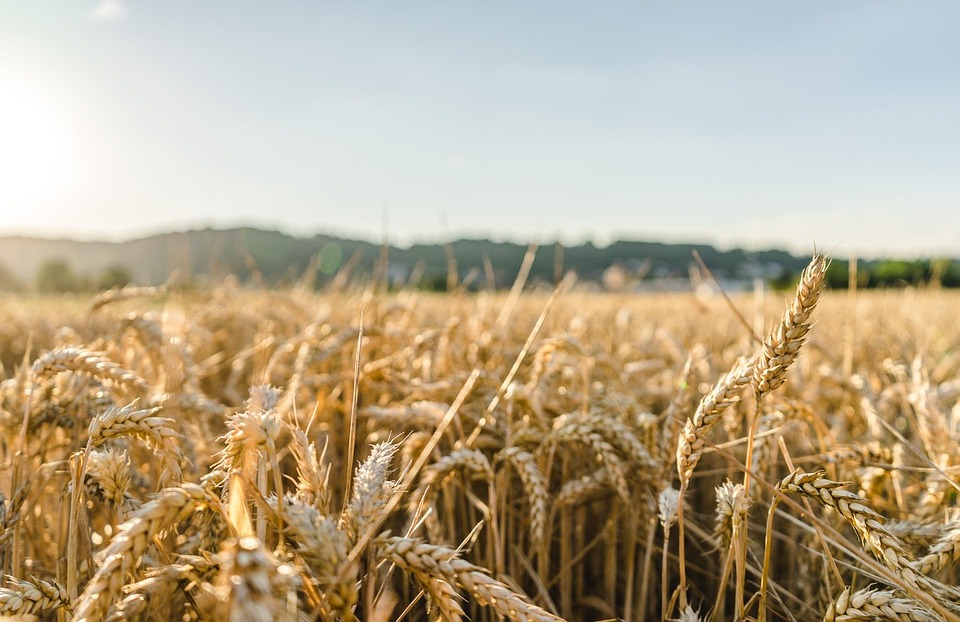**Reimagining Travel: The Benefits of Sustainable Tourism for You and the Planet**
# Reimagining Travel: The Benefits of Sustainable Tourism for You and the Planet It was early morning in Costa Rica, and I found myself perched on a vibrant green cliff, sipping on a fresh coconut while gazing at the ocean stretching far into the horizon. Below, a local guide was leading a small group of travelers through the lush rainforest, pointing out exotic flora and fauna with an enthusiasm that was infectious. In that moment, it became crystal clear: travel is not just about selfies and souvenirs; it’s an opportunity to forge connections—not only with new cultures but also with the very environment we are temporarily a part of. This memory encapsulates the essence of sustainable tourism: a powerful way to explore the world while championing conservation, community well-being, and, ultimately, our own joy. ### The Rising Tide of Sustainable Tourism The world of tourism is undergoing a much-needed transformation. With climate change, overtourism, and environmental degradation threatening our planet, travelers are increasingly seeking ways to make a positive impact. Enter sustainable tourism: a movement that encourages responsible travel practices, minimizing our carbon footprints while maximizing cultural and environmental respect. It’s not just a trend; it’s a fundamental shift in how we view, experience, and interact with the world. ### Why Sustainable Tourism Matters #### 1. Environmental Preservation Did you know that tourism accounts for about 8% of global greenhouse gas emissions? By choosing sustainable options such as eco-lodges, public transport, or carbon offset programs, travelers can mitigate their carbon footprints. Sustainable tourism promotes responsible practices, ensuring that future generations can enjoy the wonders of nature, from the serene beaches of Bali to the majestic peaks of the Himalayas. #### 2. Supporting Local Communities A core tenet of sustainable tourism is its focus on community engagement. By spending your money with local businesses—like family-run hotels, artisans, or organic farmers—you help stimulate the local economy and promote cultural preservation. Imagine sipping coffee brewed from beans grown in the valley below while your host shares stories of their ancestral heritage. You become part of a tapestry that weaves together tradition and modernity, making your experience richer and more meaningful. #### 3. Authentic Experiences Let’s face it: cookie-cutter tourism often leaves travelers feeling disconnected. Sustainable tourism encourages deeper interactions and authentic experiences. Engaging with local customs, traditions, and cuisines fosters a genuine understanding of the culture, leaving you with memories that last longer than a postcard. You don’t just visit a place; you become part of its narrative. ### The Benefits of Reimagining Your Travel #### 1. Health and Wellbeing Traveling sustainably often means opting for experiences that are more aligned with holistic health. Think of a tranquil yoga retreat in the mountains, a culinary workshop focusing on plant-based cooking, or a hiking adventure through a national park. These options prioritize well-being, both for you and the ecosystems you traverse. #### 2. Empowerment and Personal Growth When you engage in sustainable travel, you are empowered. You learn to navigate challenges, face cultural differences, and embrace adaptability. Whether you’re haggling at a local market or volunteering on an environmental restoration project, you gain skills and experiences that enrich your life. With every journey, you grow—not just as a traveler, but as a global citizen. #### 3. Building Relationships Sustainable travel fosters bonding—not only with your fellow travelers but also with locals. Shared experiences strengthen connections and break down barriers. You may find camaraderie during a homestay, laughter at a communal dining table, or a sense of unity through a shared environmental cause. These accolades of travel enrich your soul. ### Pro Tips for Sustainable Travel 1. **Choose Eco-Friendly Accommodations**: Look for hotels and lodges certified by eco-friendly organizations. They often implement energy-saving measures and prioritize local sourcing, ensuring your stay has a minimal environmental footprint. 2. **Travel Off the Beaten Path**: Popular destinations can become overcrowded and overwhelmed. Seek out lesser-known locales that benefit from tourism but manage to remain authentic. 3. **Opt for Responsible Transportation**: Embrace walking, biking, or public transport options whenever possible. Not only does this reduce emissions, but it also immerses you more deeply in local culture. 4. **Support Local Economies**: Buy handmade crafts, eat at local restaurants, and participate in community-led tours. Your support can significantly impact the livelihoods of local artisans and businesses. 5. **Leave No Trace**: Always practice the leave-no-trace principles. Carry a reusable water bottle, pick up your litter, and respect wildlife. This small effort contributes greatly to the preservation of natural beauty. ### Rethinking Interactions with Nature Imagine walking through a national park where the sounds of nature envelop you—the rustling leaves, chirping birds, and gentle trickle of a stream. Sustainable tourism urges travelers to respect and protect these sanctuaries. Engaging in activities like guided responsible wildlife tours or participating in conservation programs not only deepens your appreciation for nature but helps protect the ecosystems that are increasingly at risk. ### Technology and Sustainable Tourism: A Perfect Match The digital age has brought new opportunities for sustainable tourism. Apps and platforms now help travelers track their carbon footprints, find eco-friendly accommodations, or even connect with local guides. Technology has enabled real-time reviews and feedback, guiding travelers towards businesses that genuinely practice sustainability. Additionally, countless blogs and social media accounts showcase sustainable travel tips, making it easier to plan your next adventure responsibly. ### The Future of Travel: A Collective Responsibility As travelers, we hold immense power. The choices we make during our journeys ripple out into the world, influencing local economies, environments, and fellow travelers. By prioritizing sustainable tourism, we not only ensure the well-being of our planet but also enrich our own lives. Imagine a future where every trip leaves a positive mark—where future explorers can revel in unspoiled landscapes, thriving communities, and unique cultures. ### Final Thoughts: Embracing Sustainable Travel Reimagining travel means embracing a philosophy that balances exploration with responsibility. It emphasizes the importance of supporting local communities, protecting the environment, and fostering authentic connections. When we travel sustainably, we contribute










